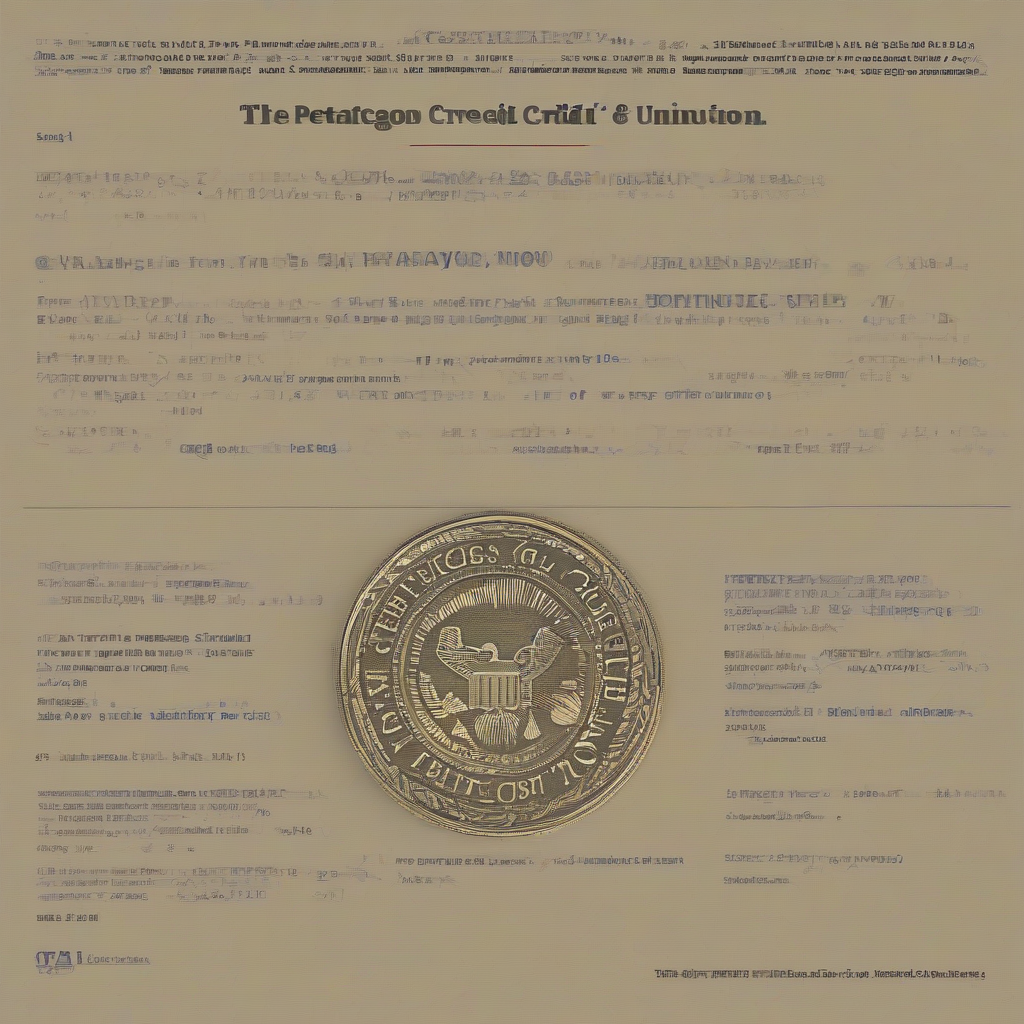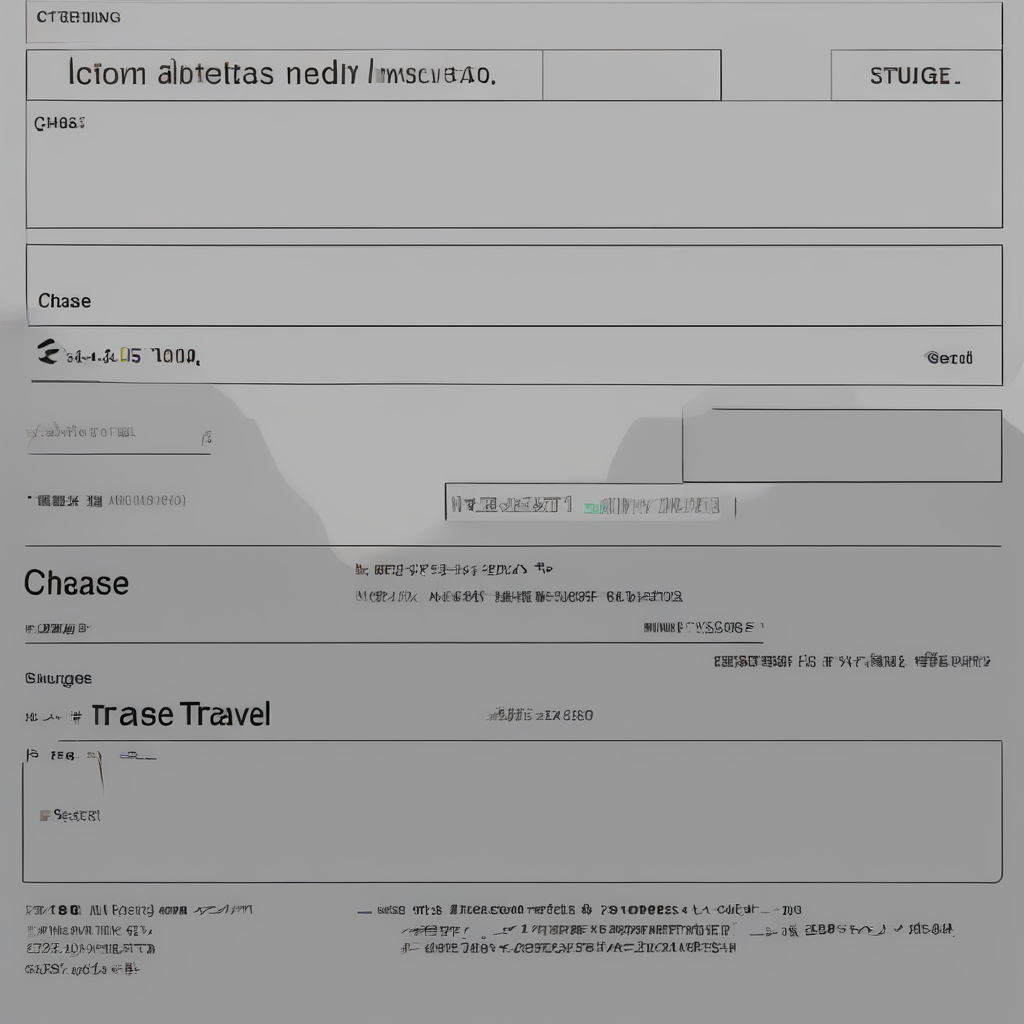MRP vs ERP: Understanding the Differences and Choosing the Right System

MRP vs ERP: Understanding the Differences and Choosing the Right System
In the dynamic world of business, optimizing operations and maximizing efficiency is crucial for success. Two powerful software systems, MRP (Material Requirements Planning) and ERP (Enterprise Resource Planning), play a significant role in achieving these goals. While they share some similarities, understanding their distinct functionalities, strengths, and weaknesses is essential for businesses to make informed decisions about which system best suits their needs.
What is MRP?
MRP, or Material Requirements Planning, is a production planning and inventory control system that primarily focuses on managing the flow of materials needed for manufacturing. Its core function is to ensure that the right materials are available at the right time to meet production demands.
- Key Features of MRP:
- Bill of Materials (BOM): A comprehensive list of all components and raw materials needed for a specific product.
- Inventory Management: Tracks inventory levels, monitors stock replenishment, and manages purchasing orders.
- Production Scheduling: Creates and manages production schedules based on demand forecasts and available materials.
- Capacity Planning: Evaluates production capacity and resource availability to ensure efficient utilization.
- Demand Forecasting: Uses historical data and market trends to predict future demand for products.
What is ERP?
ERP, or Enterprise Resource Planning, is a comprehensive software system that integrates various business functions and processes across an organization. Unlike MRP, which is primarily focused on production, ERP aims to provide a centralized platform for managing all aspects of a business, from finance and accounting to human resources, sales, and customer service.
- Key Features of ERP:
- Financial Management: Handles accounting, budgeting, and financial reporting.
- Human Resource Management: Manages payroll, employee records, and talent acquisition.
- Sales and Marketing: Tracks customer interactions, manages sales pipelines, and automates marketing campaigns.
- Supply Chain Management: Integrates purchasing, inventory, and logistics to optimize the flow of goods.
- Customer Relationship Management (CRM): Manages customer interactions, provides personalized service, and enhances customer satisfaction.
Key Differences between MRP and ERP
The table below highlights the key differences between MRP and ERP systems:
| Feature | MRP | ERP |
|---|---|---|
| Focus | Production planning and inventory control | Integrated business management |
| Functionality | Limited to manufacturing and supply chain | Covers a wide range of business functions |
| Scope | Specific to manufacturing departments | Enterprise-wide, encompassing multiple departments |
| Complexity | Relatively simpler to implement and manage | Complex to implement and requires significant resources |
| Cost | Typically lower cost compared to ERP | High implementation and maintenance costs |
| Integration | Limited integration with other business systems | Seamless integration of various business processes |
When to Choose MRP
MRP systems are ideal for businesses that:
- Are primarily focused on manufacturing operations.
- Have relatively simple business processes and limited data integration needs.
- Require cost-effective solutions for production planning and inventory control.
- Do not require extensive functionality across multiple departments.
When to Choose ERP
ERP systems are the better choice for businesses that:
- Have complex business processes and require comprehensive data integration.
- Need to manage a wide range of business functions, including finance, HR, sales, and marketing.
- Are looking for a centralized platform to streamline operations and improve efficiency.
- Are willing to invest significant resources in implementation and maintenance.
Factors to Consider When Choosing between MRP and ERP
Several factors should be considered when deciding between MRP and ERP:
- Business Size and Complexity: Smaller businesses with simpler operations might benefit from MRP, while larger enterprises with complex processes might require the functionality of ERP.
- Industry: Different industries have unique requirements. For example, manufacturing companies typically need robust production planning and inventory control systems, while service-based businesses might prioritize customer relationship management features.
- Budget: MRP systems are generally more cost-effective than ERP, but the latter may offer a greater return on investment in the long run.
- Implementation Time and Resources: Implementing ERP systems can be time-consuming and resource-intensive, while MRP implementation is typically faster and less complex.
- Future Growth and Expansion: If a business anticipates significant growth, ERP may be a better long-term solution, providing scalability and support for future business expansion.
Benefits of Using MRP
Implementing an MRP system can provide numerous benefits, including:
- Improved Production Planning: MRP optimizes production schedules based on demand forecasts and material availability, reducing delays and lead times.
- Enhanced Inventory Management: Effective inventory tracking and control minimize stockouts and excess inventory, reducing storage costs and improving cash flow.
- Increased Efficiency: Streamlined production processes and optimized material flow contribute to improved overall efficiency and reduced production costs.
- Better Decision Making: Real-time data and insights from MRP systems enable informed decision-making about production planning, inventory levels, and purchasing orders.
Benefits of Using ERP
Implementing an ERP system can offer numerous benefits, including:
- Improved Business Visibility: ERP systems provide a centralized platform for data management, offering real-time insights into various business functions.
- Enhanced Collaboration: Seamless integration of different departments fosters better communication and collaboration across the organization.
- Increased Automation: ERP systems automate repetitive tasks, freeing up employees to focus on strategic initiatives and higher-value activities.
- Improved Customer Satisfaction: Streamlined processes and centralized data management enhance customer service and increase customer satisfaction.
- Competitive Advantage: ERP systems enable businesses to respond to market demands more effectively, gain a competitive edge, and drive growth.
Challenges of Using MRP and ERP
Both MRP and ERP systems have their own challenges:
MRP Challenges:
- Limited Scope: MRP focuses primarily on manufacturing and supply chain management, offering limited functionality for other business functions.
- Data Integration Issues: MRP systems may have limited integration capabilities with other business systems, leading to data silos and inconsistencies.
- Scalability Limitations: MRP systems may struggle to scale effectively as businesses grow and become more complex.
ERP Challenges:
- High Implementation Costs: ERP systems are expensive to implement, requiring significant time, resources, and expertise.
- Complexity and Training: ERP systems are complex and require extensive training for users to fully leverage their functionality.
- Customization Requirements: Adapting ERP systems to specific business needs often requires extensive customization, which can be time-consuming and costly.
- Risk of Implementation Failure: ERP implementation projects are known for their high failure rate, often due to inadequate planning, poor communication, and lack of user buy-in.
Choosing the Right System for Your Business
Ultimately, the choice between MRP and ERP depends on your specific business needs and priorities. Here are some factors to consider:
- Business Size and Complexity: Smaller businesses with simpler operations might find MRP sufficient, while larger enterprises with complex processes require the comprehensive functionality of ERP.
- Industry and Business Model: Manufacturing companies typically need robust production planning and inventory control systems, while service-based businesses might prioritize customer relationship management features.
- Budget and Resources: MRP systems are generally more cost-effective than ERP, but the latter may offer a greater return on investment in the long run. Consider your budget and available resources when making a decision.
- Future Growth and Expansion: If your business anticipates significant growth, ERP may be a better long-term solution, providing scalability and support for future expansion.
Conclusion
Both MRP and ERP systems play a vital role in optimizing business operations and improving efficiency. While MRP focuses on production planning and inventory control, ERP provides a comprehensive platform for managing all aspects of a business. The best system for your company depends on your specific needs, budget, and long-term goals. By carefully evaluating these factors and considering the benefits and challenges of each system, businesses can make informed decisions about which software solution will best support their growth and success.
What's Your Reaction?

















